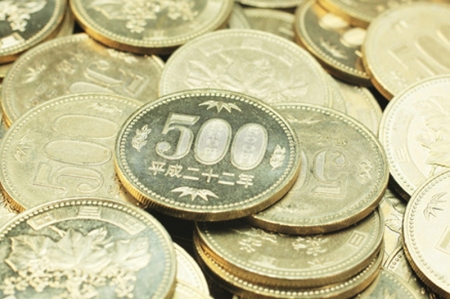Forex
Trump wild card for weaker dollar outlook – Capital Economics

Investing.com – The US dollar has weakened against most major currencies in the wake of the Federal Reserve’s dovish shift, and further falls lie ahead, according to Capital Economics, with a Trump win being the potential wild card.
With the greenback close to the bottom of its post-2022 range, “our sense is that in the near term a period of consolidation is more likely than further sharp falls,” said analysts at Capital Economics, in a note dated Sept. 26.
That said, “we still expect the greenback to weaken a bit further over the course of 2025 as short-term interest rates fall further and risk sentiment remains strong amid a global recovery and a stock market bubble driven by ‘AI’ hope,” Capital Economics added.
This central scenario is predicated on policy continuity in the US.
“If former president Donald Trump is elected, we would expect the dollar to appreciate, at least in the short term, in the expectation of higher tariffs and US interest rates,”
On balance, Capital Economics forecasts the to end this year a little stronger, before falling to around 98 by the end of 2025.
At 08:35 ET (12:35 GMT), the Dollar Index, which tracks the greenback against a basket of six other currencies, traded 0.1% lower to 100.489.

 Forex3 years ago
Forex3 years agoForex Today: the dollar is gaining strength amid gloomy sentiment at the start of the Fed’s week

 Forex3 years ago
Forex3 years agoUnbiased review of Pocket Option broker

 Forex3 years ago
Forex3 years agoDollar to pound sterling exchange rate today: Pound plummeted to its lowest since 1985

 Forex3 years ago
Forex3 years agoHow is the Australian dollar doing today?

 Cryptocurrency3 years ago
Cryptocurrency3 years agoWhat happened in the crypto market – current events today

 World3 years ago
World3 years agoWhy are modern video games an art form?

 Commodities3 years ago
Commodities3 years agoCopper continues to fall in price on expectations of lower demand in China

 Economy3 years ago
Economy3 years agoCrude oil tankers double in price due to EU anti-Russian sanctions





















